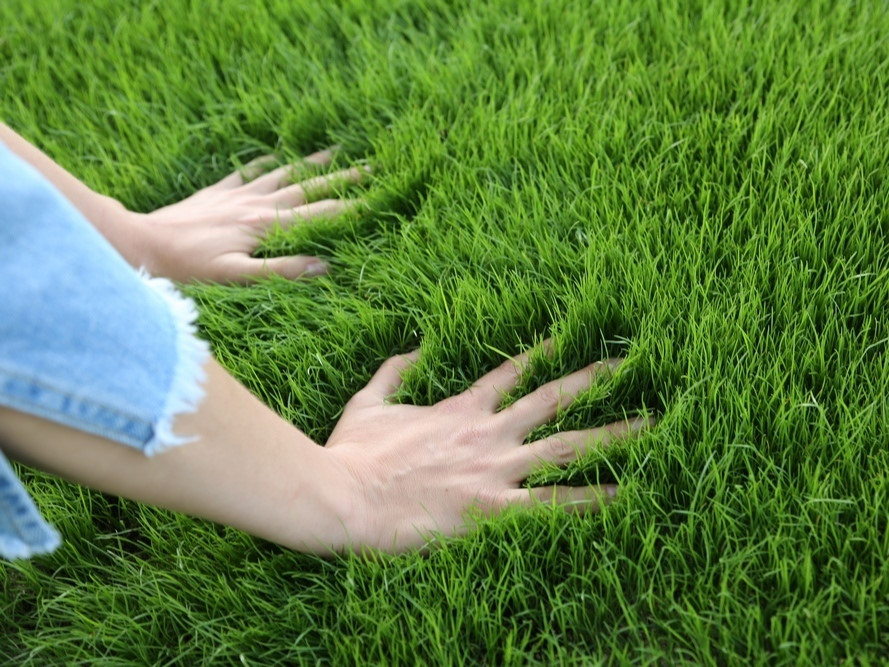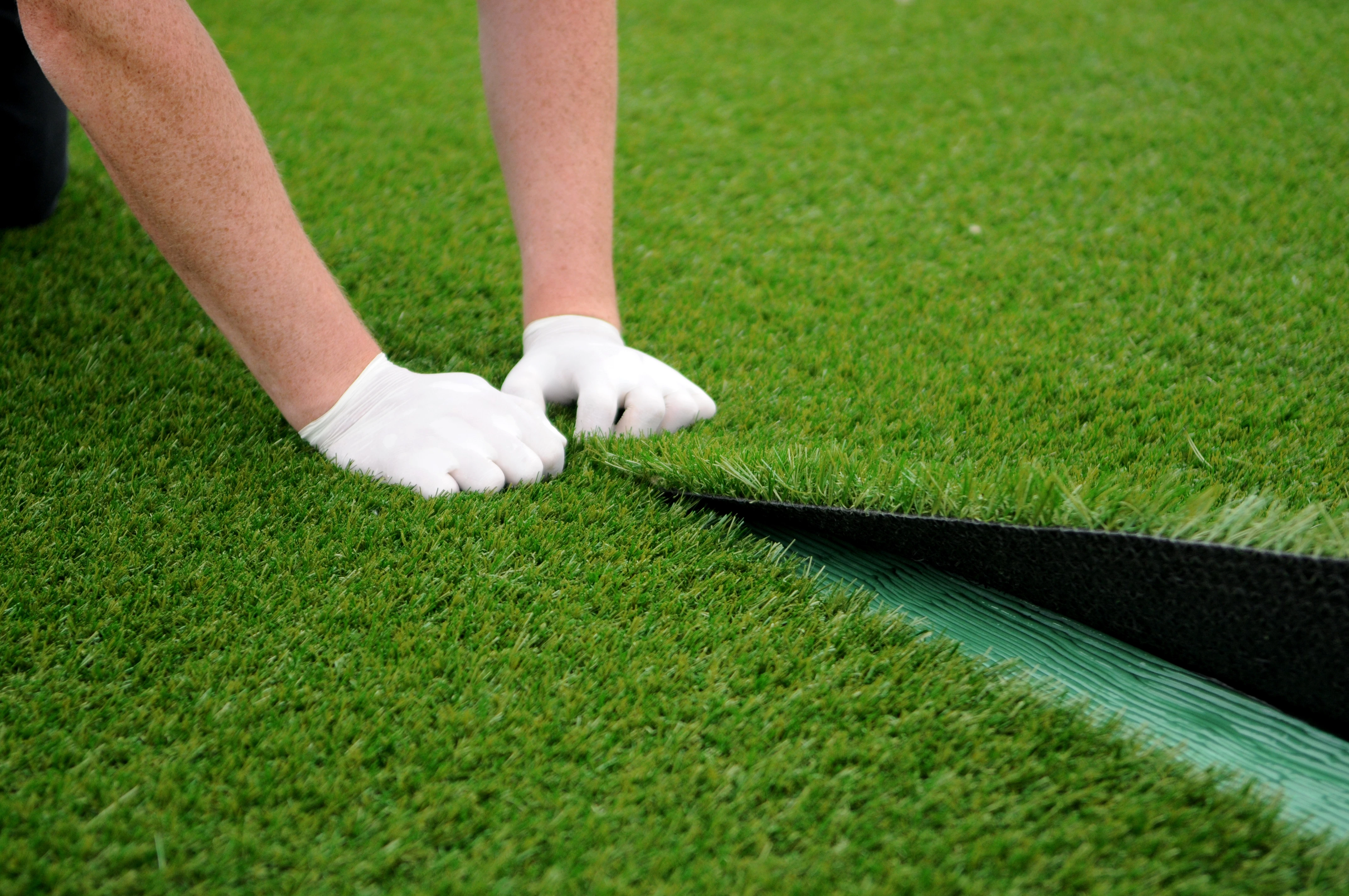Top Factors to Think About Artificial Yard for a Low-Maintenance and lavish Lawn
As property owners significantly look for sustainable services for exterior areas, artificial turf provides an enticing choice to conventional yards. The benefits expand beyond plain aesthetic appeals and sustainability; discovering the multifaceted effects of fabricated turf reveals an extensive strategy to lawn management that merits deeper consideration.
Year-Round Plant
Among the most substantial benefits of synthetic turf is its capacity to give year-round plant, despite environment problems. Homeowners usually deal with challenges in keeping a lively lawn due to seasonal adjustments, droughts, or heavy rains. Artificial yard removes these issues, guaranteeing a regularly lavish look throughout the year.
This synthetic choice is engineered to stand up to varied weather condition circumstances, from sweltering summer season warm to freezing winter temperature levels. Unlike all-natural lawn, which might brownish or come to be irregular throughout severe conditions, fabricated lawn keeps its dynamic shade and texture, improving the aesthetic allure of any kind of landscape.
In addition, artificial yard is resistant to bugs and diseases that typically affect all-natural yards. This resilience adds to its long-lasting charm, as there is no need for chemical therapies or fertilizers that can be damaging to the setting. Property owners can delight in the aesthetic advantages of a properly maintained yard without the cyclical difficulties postured by natural turf care.
Reduced Maintenance Initiatives
Man-made yard substantially decreases maintenance efforts, enabling homeowners to appreciate a pristine lawn without the time-consuming tasks connected with natural yard treatment. Among the most remarkable benefits of synthetic grass is the removal of normal mowing. Without need for a lawnmower, property owners conserve both time and the cost of upkeep related to this equipment.

Cleaning fabricated grass is straightforward; a basic rinse with a pipe or the occasional brushing to eliminate debris is usually enough - artificial grass canoga park. This simplicity of care allows house owners to invest more time enjoying their outside areas as opposed to struggling over them. In summary, the reduced maintenance efforts associated with fabricated lawn make it an enticing option for those looking for an attractive, problem-free lawn
Water Conservation Benefits
The substantial reduction in maintenance efforts connected with fabricated yard includes water conservation, making it an ecologically friendly alternative for property owners. Typical lawns require significant amounts of water to remain vivid and lavish, typically leading to extreme water use, especially in deserts. In comparison, man-made grass gets rid of the requirement for routine watering, dramatically decreasing the total water consumption in your yard.
By choosing synthetic lawn, house owners can preserve countless gallons of water every year. This shift not just advantages specific households but likewise adds to broader environmental efforts intended at decreasing water waste. In areas experiencing water shortage, the adoption of man-made turf can play a substantial duty in reducing the effects of drought and making certain that beneficial water sources are wikipedia reference made use of my review here more efficiently.
Furthermore, the setup of fabricated yard can aid reduced municipal water need, benefiting the area overall. With expanding recognition of ecological concerns, choosing fabricated lawn functions as an aggressive action in the direction of sustainable landscaping, aiding to preserve all-natural water sources while preserving a cosmetically pleasing exterior area (turf installation). In summary, man-made lawn provides an engaging solution for water preservation, lining up environmental duty with contemporary landscape design requirements

Insect and Allergy Reduction
A substantial benefit of installing synthetic turf is its capacity to decrease insects and allergens in outdoor rooms. Typical lawn lawns typically act as breeding premises for pests such as mosquitoes, ticks, and ants, which can create pain and wellness dangers for families and pets. In contrast, artificial grass removes the organic product that attracts these parasites, consequently substantially lowering their populaces in your lawn.
Moreover, all-natural turf can nurture mold, pollen, and various other allergens, which can cause allergic reactions and respiratory concerns for sensitive people. Synthetic lawn offers a cleaner setting, decreasing the potential for allergenic reactions. Unlike all-natural turf, artificial grass does not produce plant pollen, making it an exceptional option for allergic reaction sufferers looking for to appreciate their outdoor rooms without the risk of flare-ups.
In addition, the absence of soil in man-made turf means there is view it now much less dust and dust, further reducing airborne allergens. This low-maintenance choice not just boosts the aesthetic charm of your yard yet also promotes a healthier exterior atmosphere, enabling family members to appreciate their yards without the consistent fear of irritants and parasites. Hence, fabricated turf is a strategic choice for those focusing on convenience and health and wellness in their outside home.
Long-Term Expense Financial Savings
Buying artificial lawn can lead to significant long-lasting expense savings for homeowners. While the preliminary investment might appear considerable, the economic advantages gradually can be considerable. Fabricated yard gets rid of the requirement for regular lawn maintenance expenses, such as mowing, fertilizing, and watering. Traditional yards often require considerable sources to preserve a lavish look, specifically in areas susceptible to drought or extreme climate condition.
Furthermore, the longevity of synthetic grass additionally boosts its cost-effectiveness. Many top quality synthetic grass items can last 15 to 25 years with marginal upkeep, decreasing the requirement for replacement or comprehensive repairs. On the other hand, natural yard might call for constant reseeding and routine care, which can swiftly build up in costs.
Energy savings are another essential aspect. Home owners can expect to see reduced water bills, as artificial lawn does not need watering. Furthermore, the decrease in yard treatment solutions can liberate beneficial time and sources, allowing home owners to assign their budgets in other places.
Verdict
In recap, synthetic yard offers numerous benefits for homeowners seeking a low-maintenance and vivid landscape. Inevitably, the long-lasting expense financial savings connected with artificial lawn strengthen its condition as a practical and lasting option for improving outside rooms.
Fabricated turf considerably lowers maintenance efforts, permitting property owners to take pleasure in an excellent yard without the time-consuming jobs associated with all-natural grass treatment.The considerable decrease in upkeep efforts associated with artificial lawn expands to water preservation, making it an ecologically friendly option for homeowners. In contrast, man-made lawn removes the demand for normal watering, considerably reducing the total water intake in your yard.
In areas experiencing water deficiency, the adoption of fabricated yard can play a considerable function in reducing the effects of drought and ensuring that beneficial water sources are made use of extra efficiently.
With expanding awareness of ecological problems, selecting synthetic yard offers as a positive step towards lasting landscape design, assisting to preserve all-natural water resources while preserving an aesthetically pleasing outside space.